Storm Over the Pacific
6.8 /10 1 Votes
Director Shue Matsubayashi Country Japan | 6.6/10 IMDb Duration Language Japanese | |||||||||||||||||||||||||||||||||
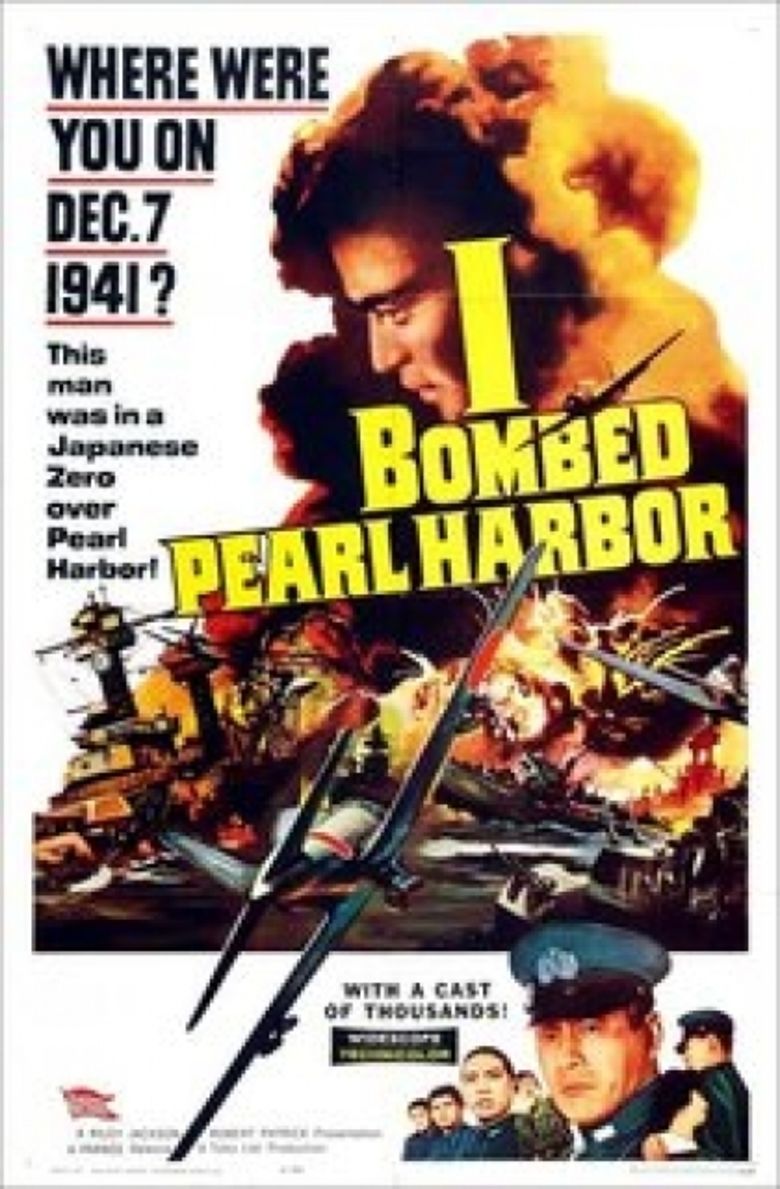 | ||||||||||||||||||||||||||||||||||
Release date 26 April 1960 Writer Shinobu Hashimoto, Takeo Kunihiro | ||||||||||||||||||||||||||||||||||
Storm Over the Pacific (ハワイ・ミッドウェイ大海空戦 太平洋の嵐, Hawai Middouei daikaikusen: Taiheiyo no arashi) (literally, Hawaii-Midway Battle of the Sea and Sky: Storm in the Pacific Ocean) is a 1960 color (Eastmancolor) Japanese film directed by Shūe Matsubayashi. The story is an account of a young Japanese bombardier, Lt. Koji Kitami (Yosuke Natsuki) stationed aboard the Japanese aircraft carrier Hiryu and his participation in two battles in the Pacific during World War II, the attack on Pearl Harbor and the Battle of Midway.
Contents
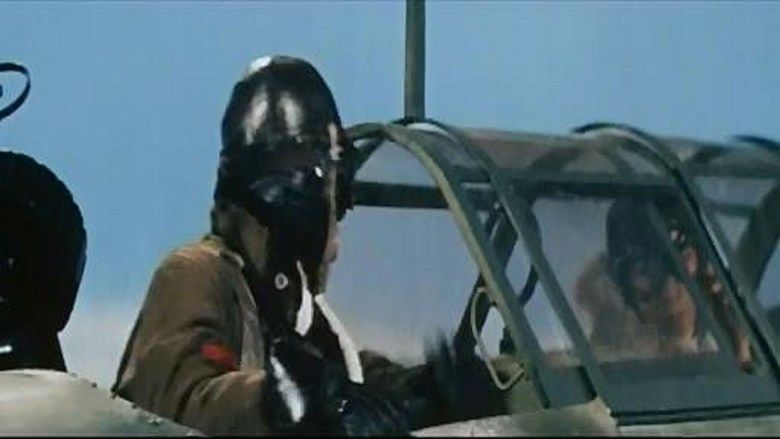
Storm Over the Pacific is the first color widescreen war film from Toho Studios. It was made in 1960 by many of the same individuals behind the Godzilla franchise, such as producer Tomoyuki Tanaka, special effects director Eiji Tsuburaya, and assistant special effects director Teruyoshi Nakano.
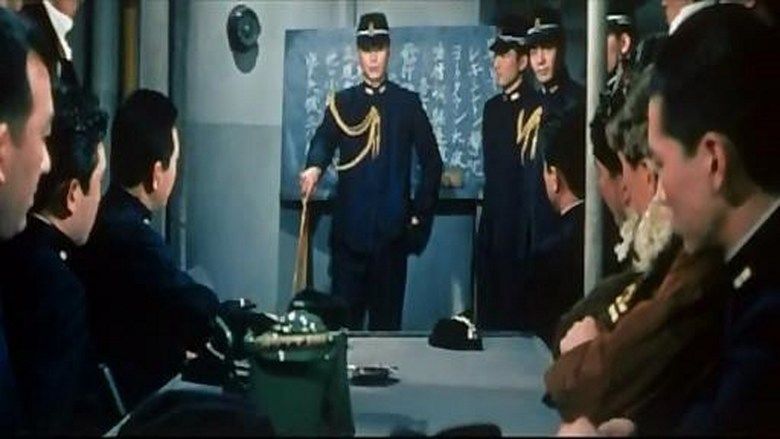
Storm Over the Pacific was released in 1961 in the United States in a dubbed and abridged 98 minute version produced by Hugo Grimaldi as I Bombed Pearl Harbor. Some special effects scenes were incorporated as stock footage in the 1976 film Midway (which also stars Toshirō Mifune).

Plot
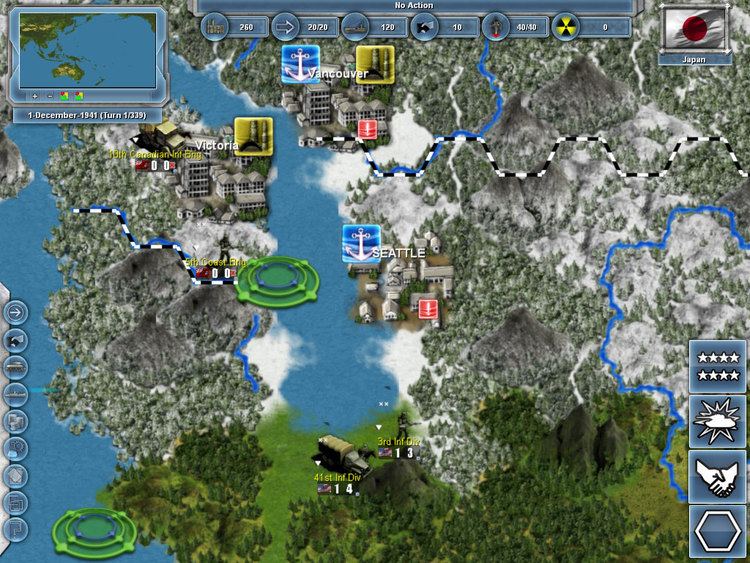
In 1941, Lt. Koji Kitami (Yosuke Natsuki) is a young Japanese bombardier, stationed aboard the Japanese aircraft carrier Hiryu. On 1 December 1941, a Japanese fleet of 30 warships sails for Hawaii. When diplomatic negotiations in Washington fail, the task force commander, Adm. Isoroku Yamaguchi (Toshiro Mifune) receives orders to attack Pearl Harbor. On 7 December 7, the surprise attack is carried out successfully.
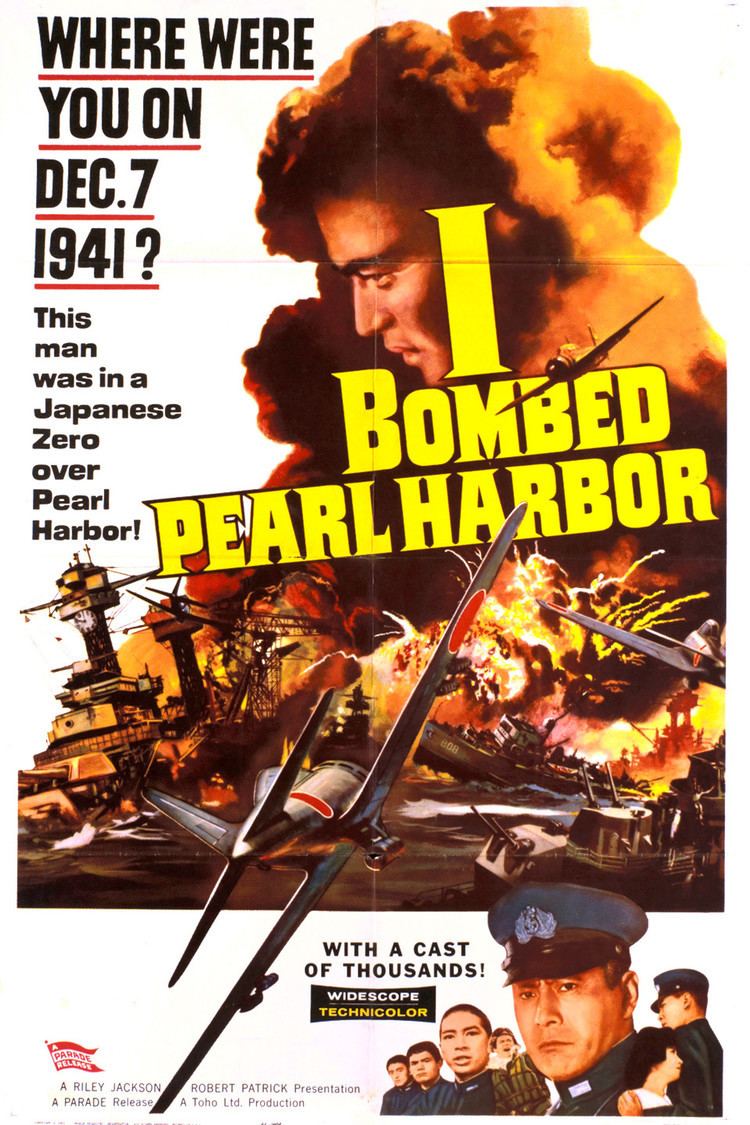
Following the attack on Pearl Harbor, Koji returns to Japan and his childhood sweetheart, Keiko (Misa Uehara). Although deeply in love with Keiko, Koji fears that marriage will make him less worthy as a naval officer.
His faith in his leaders and his country remains strong through the successful campaigns of the early war, but is severely shaken by the disastrous events during the Battle of Midway, learning that reports back to the homeland are lies. In the battle, his carrier Hiryu is attacked by U.S. dive bombers and badly damaged. High-ranking officers order the ship abandoned, but rather than leave it as a prize of war, a Japanese destroyer is given instructions to sink the carrier. As the Hiryu goes down, Koji and others give a final salute.
Production
Film historian Stephen Pendo in Aviation in the Cinema (1985) noted Storm Over the Pacific heavily utilized models to create realistic battle scenes.The special effects were supervised by Eiji Tsuburaya who was renown for his work in numerous 1950s and 1960s Japanese horror and Science Fiction films. During his 50-year career as a special effects director, Tsuburaya worked on approximately 250 films in total.
In World War II, Tsuburaya had created the realistic attack scenes in Hawai Mare oki kaisen (The War at Sea from Hawaii to Malaya) (1942) that depicted the Pearl Harbor attacks. The same model scene was reprised for Storm Over the Pacific. Tsuburaya and his special effects team created 136 ship models for Storm Over the Pacific, including Japanese aircraft carrier Akagi and USS Yorktown aircraft carriers, 11 and 13 metres respectively. The 1/16th scale models of ships were shot in a large water tank.
The miniature photography in Storm Over the Pacific was subsequently re-used in a number of later films, Rengō Kantai Shirei Chōkan: Yamamoto Isoroku|Admiral Yamamoto (1968), Midway (1976) and in another Japanese film, The Imperial Navy (1981).
Reception
When Storm Over the Pacific was released, it met with critical approvals and was widely recognized as "telling the other side" or giving the Japanese perspective of World War II in the Pacific. Film historians Jack Hardwick and Ed Schnepf, however, dismissed the English version, I Bombed Pearl Harbor as poorly dubbed and with the predominance of "miniatures", as a pallid rival to Tora! Tora! Tora! (1970).
References
Storm Over the Pacific WikipediaStorm Over the Pacific IMDb Storm Over the Pacific themoviedb.org
